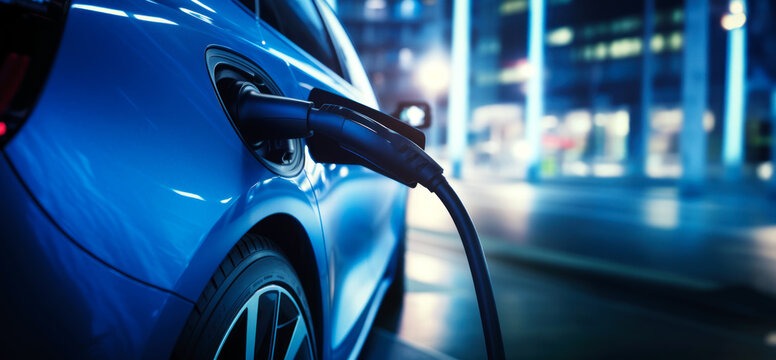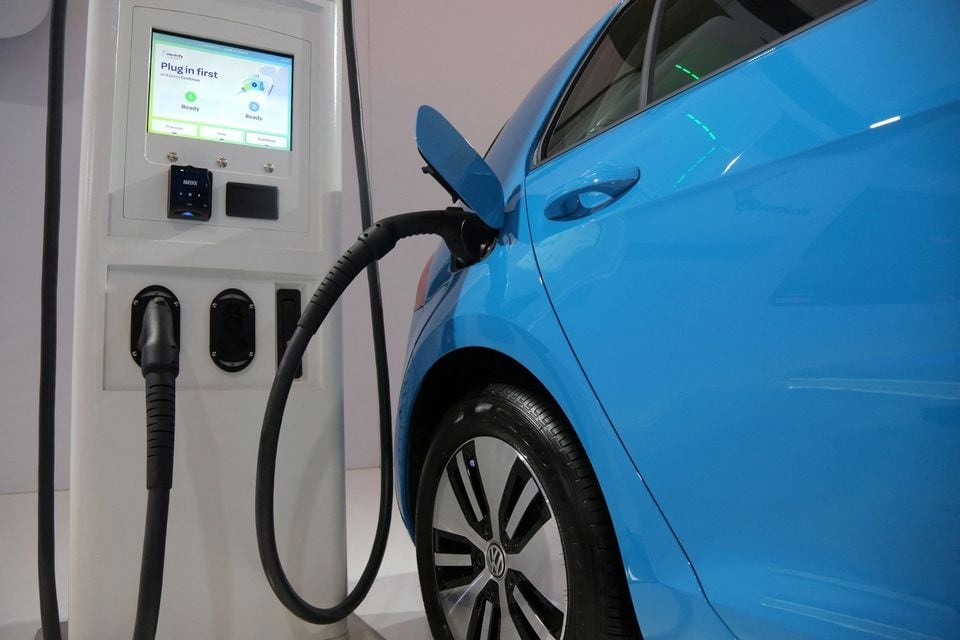White House allocates $623 million for EV charging infrastructure

Funding arises amid worries about insufficient progress in transitioning to zero-carbon transportation to address the climate crisis goals.
Amid concerns that the shift to zero-carbon transportation is lagging behind climate crisis goals, Joe Biden’s administration has revealed $623 million in funding to enhance the number of electric vehicle charging points in the US.
Distributed through grants for various programs across 22 states, the funding will support initiatives like installing EV chargers in New Jersey apartment blocks, implementing rapid chargers in Oregon, and establishing hydrogen fuel chargers for freight trucks in Texas. The funds, sourced from the bipartisan infrastructure law, are anticipated to contribute 7,500 chargers to the overall count in the US. “We are constructing the charging network to lead the EV race,” emphasized Pete Buttigieg, the US Secretary of Transportation.
The electric vehicle revolution is not on the horizon; it is already here. Personally emphasizing the historical significance of America leading the automotive revolution, now there is a pressing need for the country to do so again in the midst of a second automotive revolution.
The current number of electric vehicle chargers in the US stands at around 170,000, a substantial increase from the barely visible network before Biden assumed office. The White House has set an ambitious target of 500,000 chargers to facilitate the transition away from gasoline and diesel cars.
Asserting global leadership in electric vehicles, Ali Zaidi, a climate adviser to Biden, highlighted the United States’ trajectory to not only meet but surpass the administration’s charger goal. He anticipates a continued buildout over the coming years and decades until a fully net-zero transportation sector is achieved.
In the United States, the sales of electric vehicles (EVs) are on the rise, surpassing 1 million new EVs sold for the first time last year, constituting 9% of total vehicle sales. However, the pace of this growth has moderated, leading companies like Ford, General Motors, and even Tesla to scale back their EV ambitions in recent months.
Despite an expanding array of EV options for American drivers, the majority still come with higher price tags compared to their gasoline counterparts. This affordability gap limits accessibility for many buyers. Research indicates that individuals purchasing EVs typically have a median household income of $186,000.

Studies indicate that approximately one-third of prospective electric vehicle (EV) buyers dismiss the idea of purchasing due to insufficient charging infrastructure, despite the fact that the majority of car journeys in the US are three miles or less. Even if the Biden administration’s target of 500,000 chargers is achieved, it falls significantly short of the required number to facilitate even a moderate shift away from polluting vehicles. Estimates suggest that by 2030, 28 million chargers or more will be necessary to meet the demand.
In the United States, the pace of electric vehicle (EV) adoption is advancing nearly twice as fast as the growth rates for charger installations, as noted by Brent Gruber, executive director of JD Power’s electric vehicle practice, last year. The expansion of new charging stations is struggling to keep up with the surging demand.
Recently, the Environmental Protection Agency (EPA) unveiled grants totaling almost $1 billion to facilitate the replacement of diesel-powered school buses with electric and lower-emission vehicles. This funding will be distributed to 280 school districts serving 7 million children nationwide. Challenges related to charging infrastructure have also been a hurdle in the initiatives to phase out diesel buses.


